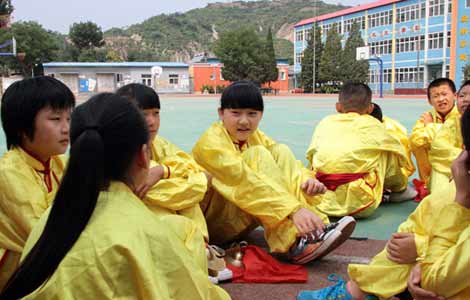Film awards honor behind-the-scenes artists
Updated: 2013-08-31 08:17
By Zhang Kun in Shanghai (China Daily)
|
||||||||
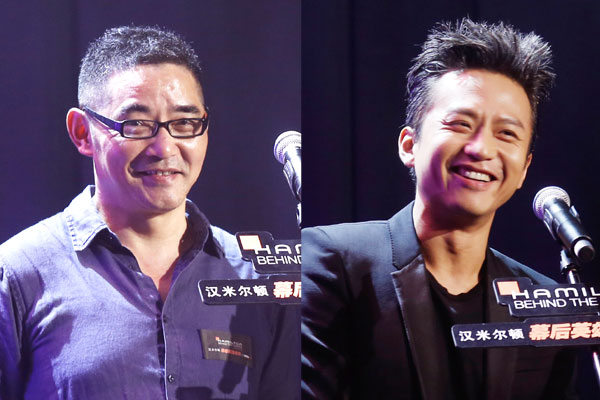 |
|
Well-acclaimed author Su Tong (left) and sound artist Tao Jing (right) attend the ceremony of second Hamilton Behind the Camera Awards China in Shanghai. Provided to China Daily |
Film stars and celebrities gave up the center stage to colleagues unfamiliar to the spotlight, celebrating their contributions and creativity at the second Hamilton Behind the Camera Awards China in Shanghai on Aug 23.
The award started from Hollywood in 2006. Hamilton, the famous watchmaker from the United States, has hosted the event every year since, to celebrate the work of screenwriters, cinematographers, prop-masters, costume designers and so on. Hamilton BTCA was introduced to China in 2012, thanks to the joint efforts of Hamilton and fashion magazine Elle Men.
The 11 "off-screen superstars" honored this year were chosen from outstanding Chinese film productions shown in public cinemas between September 2012 and June 2013.
Two members of the jury panel shared their insights with China Daily before the evening awards ceremony, which took place at the Himalayas Center in Pudong New Area.
"This is the only event in China that awards people behind the scenes in the film industry," says Su Tong, an acclaimed author whose work has often been adapted to the silver screen.
Su has kept a cautious distance from the filmmakers and never gotten involved in the screenwriting for his stories. Yet he believes the playwright is of key importance to the film.
"Even a first-grade director can't make a good movie from a third-grade script," he says, "but a real good story won't come out bad even if it is directed by a third-grade film maker."
"Liu Zhenyun put all his heart in the work," he says about the playwright of 1942, winner of the screenwriter award for Hamilton BTCA China this year. Liu has been an established novelist like Su, but Liu has often worked as a playwright as well. 1942 was adapted from his novel named Looking Back on 1942 and directed by Feng Xiaogang.
"The artistic level of the original work is decisive to the success of the adaptation," Su says. "It's like farming. A good story is like fertile land, and you will surely harvest better on it than sowing in the desert."
Another of the judges, Tao Jing, is arguably the most-respected sound artist in China's film industry, working in most of the projects of Zhang Yimou and Chen Kaige, two of China's most acclaimed film directors. He won the award for best sound-effect design at Hamilton BTCA China last year for The Flowers of War.
This year, that prize was won by Warriors of the Rainbow: Seediq Bale, a film from Taiwan.
"Traditionally we were known only as recorders, but a sound artist's work goes far beyond just reproducing the sound for each film scene," Tao says.
"The sound has a soul. It plays a part in creating a character and presenting a story. It can be very powerful," he says.
Tao adds that being a sound artist doesn't mean one is sensitive to all sounds in his life. Rather than focusing only on the sounds, a sound designer has to pay attention to all aspects of the film project, from the scene and characters to the narrative and expression. He says he watches a film 400 to 700 times during the few months' time he's working on it.
Tao and his colleagues went to Australia, where there is a culture of guns, and used the fine audio studios there to capture the gunshots used in The Flowers of War.
"Different types of guns sound differently. First you have to make it convincing, then it has to reflect the latest technology development," Tao says. "Well-trained ears should be able to tell the quality of a gunshot - the brightness and impact only made possible in 2012.
"Good sound design should be rich and deep, that provides space for further interpretation. It is art, rather than just craft."

 'Despicable' minions upset Depp's 'Lone Ranger' at box office
'Despicable' minions upset Depp's 'Lone Ranger' at box office
 'Taken 2' grabs movie box office crown
'Taken 2' grabs movie box office crown
 Rihanna's 'Diamonds' tops UK pop chart
Rihanna's 'Diamonds' tops UK pop chart
 Fans get look at vintage Rolling Stones
Fans get look at vintage Rolling Stones
 Celebrities attend Power of Women event
Celebrities attend Power of Women event
 Ang Lee breaks 'every rule' to make unlikely new Life of Pi film
Ang Lee breaks 'every rule' to make unlikely new Life of Pi film
 Rihanna almost thrown out of nightclub
Rihanna almost thrown out of nightclub
 'Dark Knight' wins weekend box office
'Dark Knight' wins weekend box office
Most Viewed
Editor's Picks
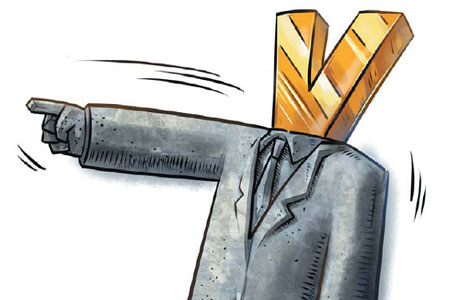
|

|
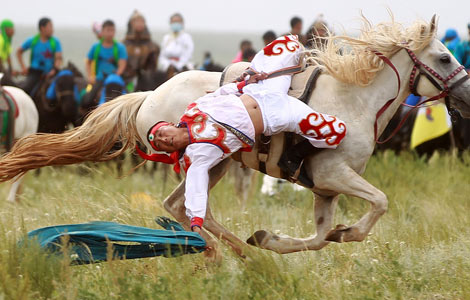
|

|

|
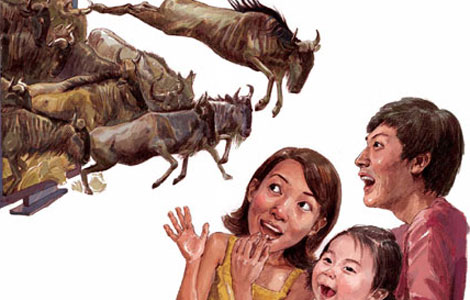
|
Today's Top News
UK asked NY Times to destroy Snowden material
US says 1,429 killed in Aug. 21 chemical attack
US boosts troops in Philippines amid tension
Xi urges military to expand training
IMF warns on capital account
Error costs Everbright millions
Economic slowdown, railways hold back airlines
Sinopec takes stake in Egyptian oil
US Weekly

|

|

